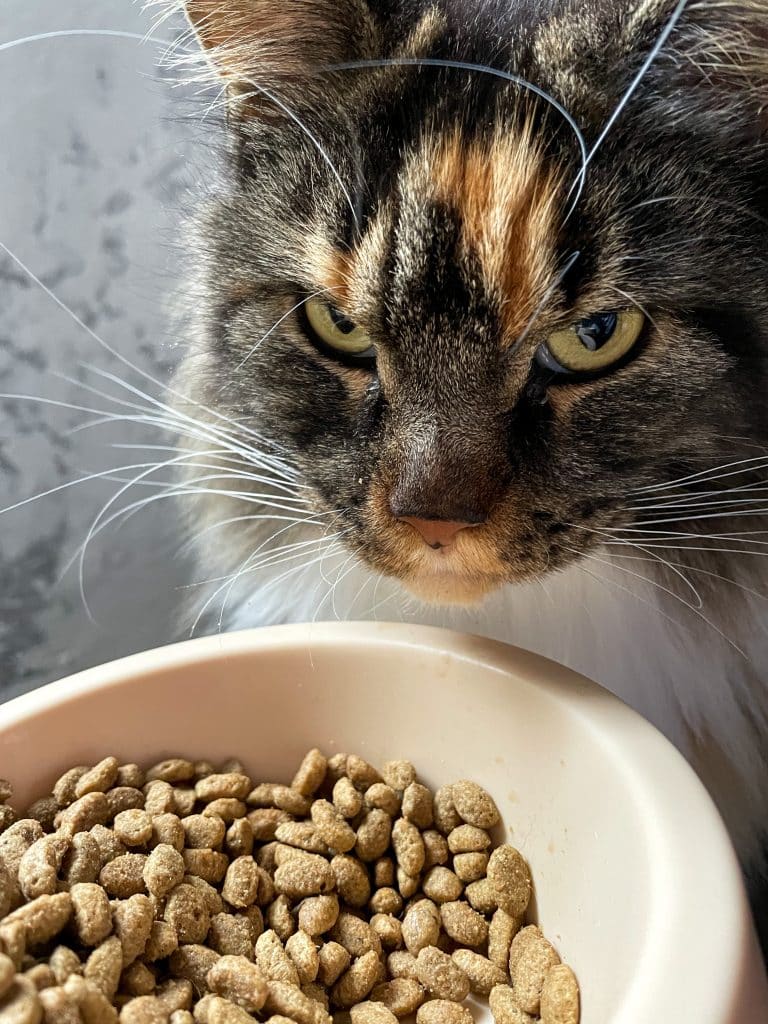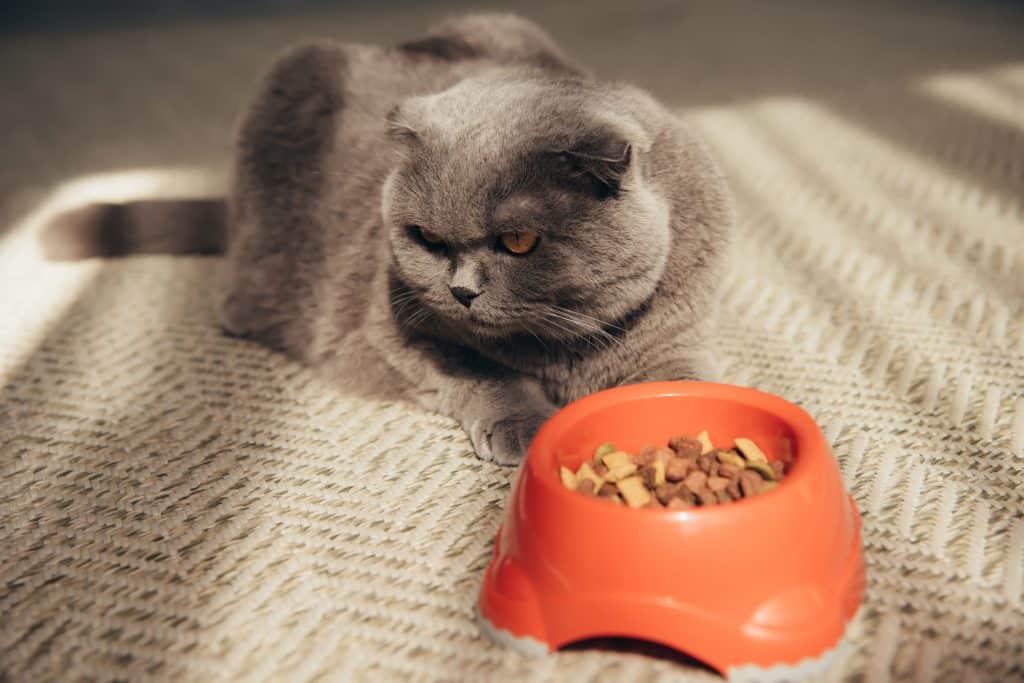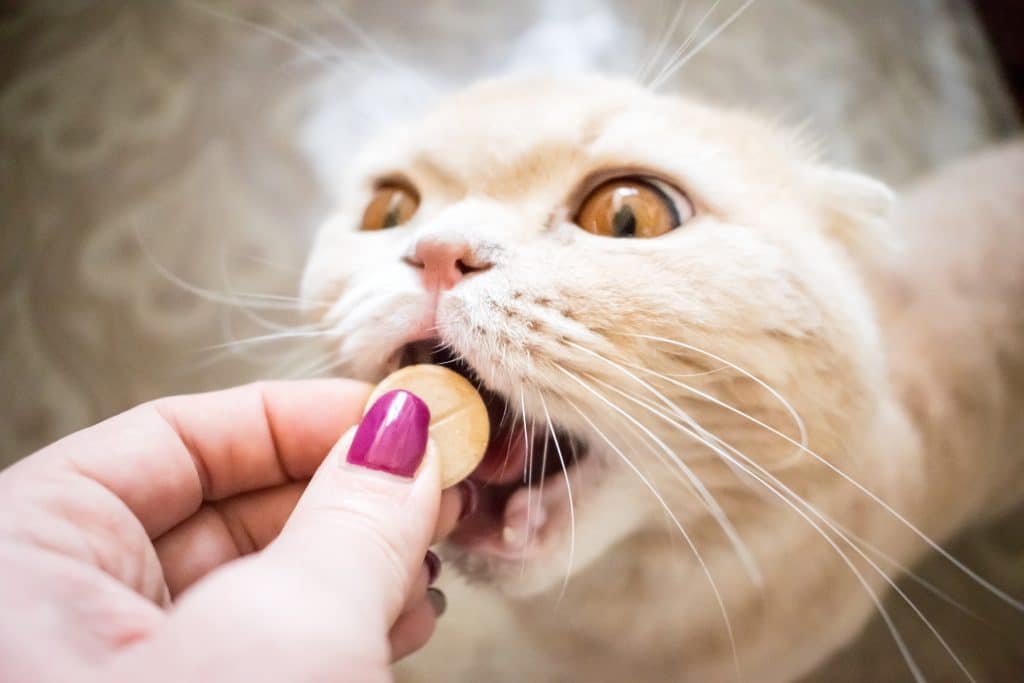Choosing the right food for your cat is essential to ensure their long-term health and well-being. With so many options available, navigating the world of feline nutrition and finding the perfect balance for your furry friend can be challenging. This comprehensive guide will help you understand your cat’s unique nutritional needs, as well as provide tips and recommendations for selecting the best food to keep them happy and healthy. It will cover various aspects of feline diets, from age and life stages to addressing specific health concerns and accommodating taste preferences.
Understanding Your Cat’s Nutritional Needs

Cats, as obligate carnivores, have specific dietary requirements that must be met to thrive. Factors such as age, activity level, and overall health play a crucial role in determining the ideal nutritional profile for your cat. For instance, kittens require higher amounts of protein and fat for growth and development, while adult cats need a more balanced diet with essential vitamins and minerals to maintain their health. It is vital to assess your cat’s individual needs to provide them with the most appropriate diet.
There are various types of cat food available on the market, each with its unique nutritional benefits. Wet food, for example, has a higher moisture content and can be beneficial for cats prone to urinary tract issues or those who need additional hydration. On the other hand, dry food is more calorie-dense and convenient for portion control, while raw diets may provide a more natural, unprocessed alternative for some cats. Understanding the advantages and disadvantages of each food type will help you make an informed decision about the best option for your feline companion.
Selecting The Right Food For Your Cat

One of the most critical steps in selecting the right food for your cat is reading and understanding pet food labels. Look for high-quality ingredients such as real meat, poultry, or fish listed as the primary protein source. Avoid foods with artificial colors, flavors, or preservatives, as these can be harmful to your cat’s health. Additionally, ensure that the food meets the Association of American Feed Control Officials (AAFCO) guidelines for complete and balanced nutrition.
When choosing cat food, also consider the brand’s reputation and commitment to quality and safety. Research the company’s history, manufacturing practices, and recall history to ensure you provide your cat with a trustworthy product. Additionally, consult with your veterinarian for personalized recommendations based on your cat’s specific needs and health concerns.
Consider Your Cat’s Age And Life Stage

Cats have different nutritional needs at various stages of their lives. Kittens, for example, require more calories, protein, and fat to support their rapid growth and development. Therefore it is best to choose a specially formulated kitten food to meet these increased nutritional demands. Adult cats, on the other hand, need a balanced diet to maintain their overall health and prevent weight gain. Look for foods labeled for adult maintenance that offer the right mix of protein, fats, and essential nutrients.
Furthermore, senior cats may require diets with lower calories and higher fiber content to support their slower metabolism and promote digestive health. Always consult your veterinarian for guidance on the best diet for your cat’s specific age and life stage.
Addressing Special Dietary Needs And Health Issues

Addressing health issues and special dietary needs is crucial when selecting the right food for your cat. For instance, cats prone to allergies may benefit from a limited-ingredient diet or a hypoallergenic formula that uses novel protein sources and omits common allergens. Overweight cats, on the other hand, may require a low-calorie or weight management formula to help them shed excess pounds and maintain a healthy body condition.
Finally, monitoring your cat’s health as you transition them to a new food is essential. Pay close attention to their overall condition and watch any signs of discomfort or distress that may indicate an intolerance or allergy. Consult with your veterinarian if necessary, as they can provide additional guidance on properly feeding your cat for optimal health and well-being.
The Role Of Texture And Taste Preferences

Just like humans, cats have individual preferences when it comes to the taste and texture of their food. Some cats may prefer the smooth consistency of pâté-style wet food, while others might enjoy the crunch of dry kibble or the chunky texture of shredded or flaked food. Pay attention to your cat’s eating habits and preferences, and try offering a variety of textures and flavors to determine what they enjoy most. Remember that it’s essential to gradually transition your cat to a new food to avoid gastrointestinal upset and to help them acclimate to its unique taste and texture.
Additionally, it’s essential to strike a balance between catering to your cat’s preferences and providing a nutritionally complete diet. If your cat is particularly picky, you may need to experiment with different food types, flavors, and brands until you find a combination that meets both their taste preferences and nutritional needs.
Grain-Free And Limited-Ingredient Diets

Grain-free and limited-ingredient diets have become increasingly popular among cat owners, particularly for those whose cats suffer from food allergies or sensitivities. Grain-free diets exclude common grains such as wheat, corn, and rice, which can be potential allergens for some cats. Instead, they often rely on alternative carbohydrate sources like potatoes, peas, or legumes. On the contrary, diets with limited ingredients aim to decrease the number of components in a cat’s food to lower the chances of an allergic reaction.
While these diets can be beneficial for cats with specific dietary needs, they are not necessary for every cat. In some cases, grain-free diets can lead to an imbalance in nutrients, such as inadequate taurine levels, which can negatively impact a cat’s health. Before switching your cat to a grain-free or limited-ingredient diet, consult your veterinarian to determine if it is the most appropriate choice for your cat’s specific needs and health concerns.
Raw Food and Homemade Diets

Other forms of diets that have been gaining traction among cat owners include raw feeding and homemade diets. The biggest reason for this is that some owners believe that these options provide a more natural, unprocessed alternative to commercial cat foods. Raw diets typically consist of raw meat, bones, and organs, while homemade diets can include cooked or raw ingredients carefully balanced to meet a cat’s nutritional requirements. Advocates of these diets also argue that they can lead to improved coat condition, increased energy levels, and better overall health.
However, raw and homemade diets are not without risks. Feeding raw meat can expose your cat to harmful bacteria such as Salmonella or E. coli, and improperly balanced homemade diets can lead to nutritional deficiencies or imbalances. If you’re considering a raw or homemade diet for your cat, consult a veterinarian or a certified pet nutritionist to ensure that you provide a safe and balanced diet that meets your cat’s specific needs.
Make Sure You Are Choosing The Right Food For Your Cat!
In summary, choosing the right food for your cat is crucial to maintaining their long-term health and well-being. By understanding your cat’s unique nutritional needs, considering their age, life stage, and health concerns, and catering to their taste and texture preferences, you can provide a balanced and enjoyable diet that supports their overall well-being. And as always, remember to consult with your veterinarian for personalized guidance and advice on your cat’s specific nutritional needs, as they can help you navigate the complexities of feline nutrition and make the best choices for your beloved feline friend.